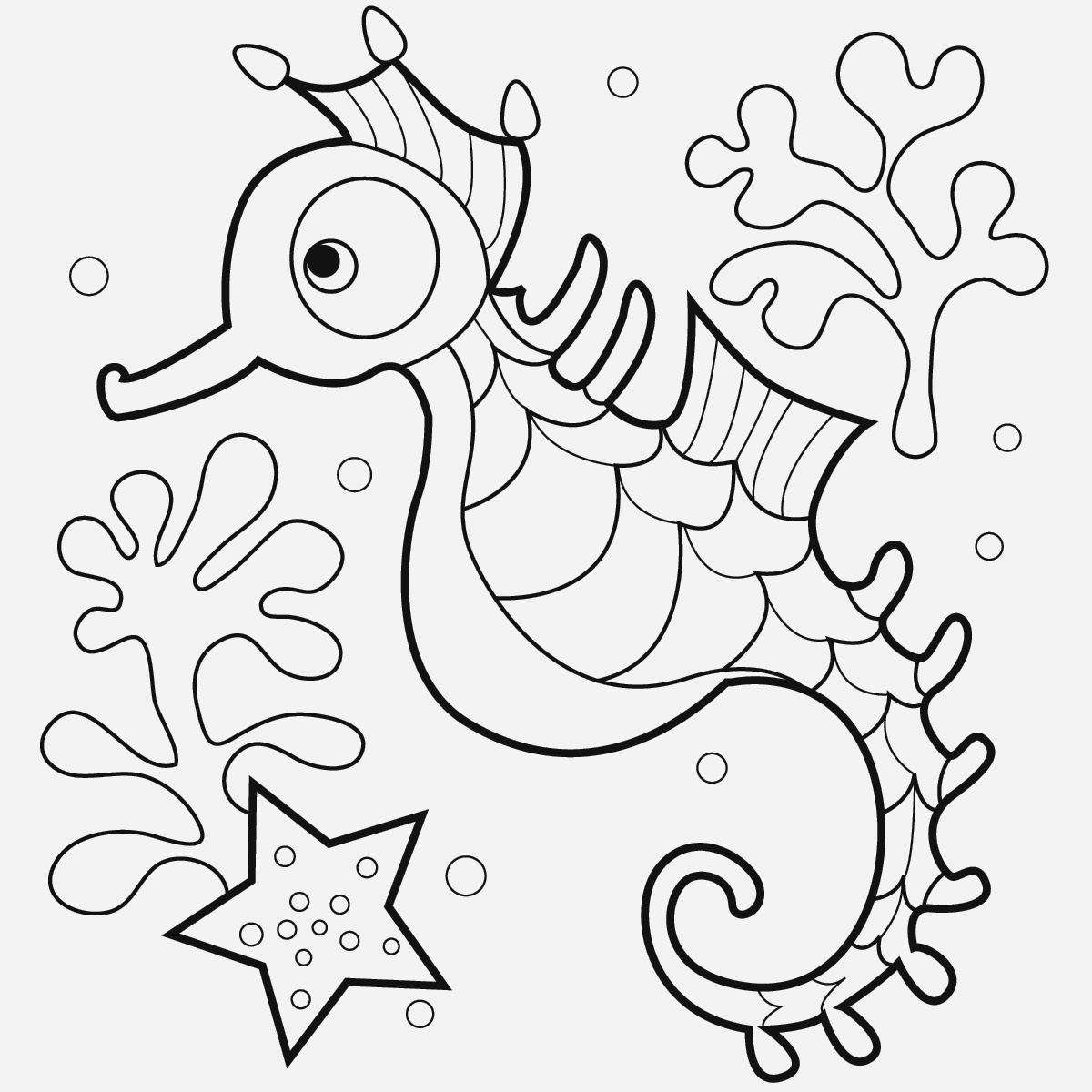 |
Real Sea Stars from Brookline, Mass.
(An Ocean Conservancy photo) |
Styrofoam is an everyday product used for taking home leftover food from a restaurant, or for serving a cup of hot chocolate. It’s cheap.It’s lightweight. It also stays in our environment for hundreds of years.
Styrofoam is a polystyrene plastic made from oil that is slow to break down and is one of the biggest sources of litter along our waterways. When it makes it to the ocean, fish and sea birds can easily mistake it as food.
Would you eat plastic? Probably not because you know it was not meant to replace carrots or even a chocolate chip cookie!
A group of fourth, fifth and sixth grade students at Park School in Brookline, Mass., decided to make a difference.
They wrote the following on the website, change.org:
We fourth and fifth graders know for sure that Dunkin’ Donuts is a great place! We love having a Munchkin snack and a hot cocoa after school. However, we are concerned about the Styrofoam cups they use. They sell more than 1.7 billion coffees a year, and most of them come in Styrofoam. We have come to a conclusion, these cups are really affecting our lives, your life, and everything you care about. We're going to prove to you that Dunkin’ Donuts has to stop using Styrofoam or else there will be big consequences. Dunkin' Donuts should stop using it because, first of all, it’s bad for the environment. Secondly, it’s bad for animals. And lastly, because it causes human health issues. So, if you work at Dunkin’ Donuts, or if you are connected to Dunkin’ Donuts, please stop using Styrofoam cups by Earth Day, April 22, 2015.
The bosses at Dunkin’ Donuts invited the students to a meeting and agreed to switch to more environmentally-friendly cups for their hot drinks.
Neptune 911 for Kids gives these kids a big gold sea star!








































